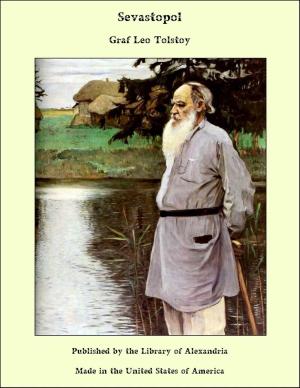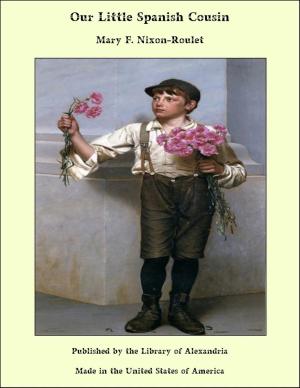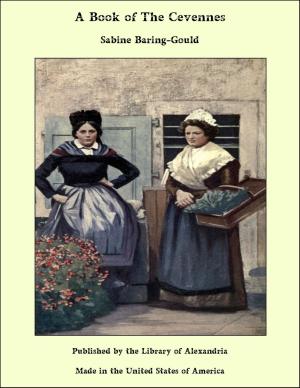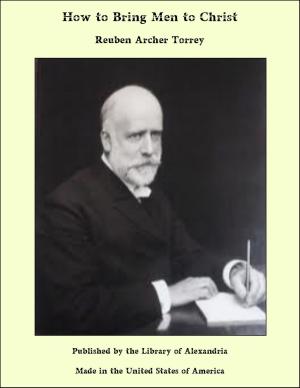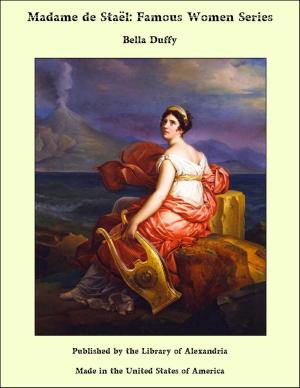Chapters on Spanish Literature
Nonfiction, Religion & Spirituality, New Age, History, Fiction & Literature| Author: | James Fitzmaurice-Kelly | ISBN: | 9781465614636 |
| Publisher: | Library of Alexandria | Publication: | March 8, 2015 |
| Imprint: | Language: | English |
| Author: | James Fitzmaurice-Kelly |
| ISBN: | 9781465614636 |
| Publisher: | Library of Alexandria |
| Publication: | March 8, 2015 |
| Imprint: | |
| Language: | English |
Just as a portrait discloses the artist’s opinion of his sitter, so the choice of a hero is an involuntary piece of self-revelation. As man fashions his idols in his own image, we are in a fair way to understand him, if we know what he admires: and, as it is with individual units, so is it with races. National heroes symbolise the ambitions, the foibles, the general temper and radical qualities of those who have set them up as exemplars. But there are two sides to every character, and Spain has two national heroes known all the world over: the practical Cid and the idealistic Don Quixote, one of them an historical figure, and the other the child of a great man’s fancy. Perhaps to the majority of mankind the offspring of Cervantes’s poetic imagination is more vividly present than the authentic warrior who headed many a desperate charge. It is the singular privilege of genius to substitute its own intense conceptions for the unromantic facts, and to create out of nothing beings that seem more vital than men of flesh and blood. Don Quixote has become a part of the visible universe, while most of us behold the Cid, not as he really was, but as Corneille portrayed him more than five centuries after his death. It may not be amiss to bring him back to earth by recalling the ascertainable incidents in his adventurous career. So marked are the differences between the Cid of history and the Cid of legend that, early in the nineteenth century his very existence was called in question by the sceptical Jesuit Masdeu, an historian who delighted in paradox. Masdeu’s doubts were reiterated by Samuel Dunham in his History of Spain and Portugal, and by Dunham’s translator, Antonio María de Alcalá Galiano, a writer of repute in his own day. Alcalá Galiano’s incredulity caused him some personal inconvenience, for—as his kinsman, the celebrated novelist Juan Valera, records—he was threatened with an action at law by a Spanish gentleman who piqued himself on his descent from the Cid, and was not disposed to see his alleged ancestor put aside as a fabulous creature like the Phœnix. These negations, more or less sophistical, are the follies of the learned, and they have their match in the assertions of another school that sought to reconcile divergent views by assuming the existence of two Cids, each with a wife called Jimena, and each with a war-horse called Babieca. This generous process of duplicating everybody and everything has not found favour. Cervantes expresses his view through the canon in Don Quixote:—‘That there was a Cid, as well as a Bernardo del Carpio, is beyond doubt; but that they did the deeds which they are said to have done, I take to be very doubtful.’ Few of us would care to be so affirmative as the canon with respect to Bernardo del Carpio, but he is perfectly right as regards the Cid.
Just as a portrait discloses the artist’s opinion of his sitter, so the choice of a hero is an involuntary piece of self-revelation. As man fashions his idols in his own image, we are in a fair way to understand him, if we know what he admires: and, as it is with individual units, so is it with races. National heroes symbolise the ambitions, the foibles, the general temper and radical qualities of those who have set them up as exemplars. But there are two sides to every character, and Spain has two national heroes known all the world over: the practical Cid and the idealistic Don Quixote, one of them an historical figure, and the other the child of a great man’s fancy. Perhaps to the majority of mankind the offspring of Cervantes’s poetic imagination is more vividly present than the authentic warrior who headed many a desperate charge. It is the singular privilege of genius to substitute its own intense conceptions for the unromantic facts, and to create out of nothing beings that seem more vital than men of flesh and blood. Don Quixote has become a part of the visible universe, while most of us behold the Cid, not as he really was, but as Corneille portrayed him more than five centuries after his death. It may not be amiss to bring him back to earth by recalling the ascertainable incidents in his adventurous career. So marked are the differences between the Cid of history and the Cid of legend that, early in the nineteenth century his very existence was called in question by the sceptical Jesuit Masdeu, an historian who delighted in paradox. Masdeu’s doubts were reiterated by Samuel Dunham in his History of Spain and Portugal, and by Dunham’s translator, Antonio María de Alcalá Galiano, a writer of repute in his own day. Alcalá Galiano’s incredulity caused him some personal inconvenience, for—as his kinsman, the celebrated novelist Juan Valera, records—he was threatened with an action at law by a Spanish gentleman who piqued himself on his descent from the Cid, and was not disposed to see his alleged ancestor put aside as a fabulous creature like the Phœnix. These negations, more or less sophistical, are the follies of the learned, and they have their match in the assertions of another school that sought to reconcile divergent views by assuming the existence of two Cids, each with a wife called Jimena, and each with a war-horse called Babieca. This generous process of duplicating everybody and everything has not found favour. Cervantes expresses his view through the canon in Don Quixote:—‘That there was a Cid, as well as a Bernardo del Carpio, is beyond doubt; but that they did the deeds which they are said to have done, I take to be very doubtful.’ Few of us would care to be so affirmative as the canon with respect to Bernardo del Carpio, but he is perfectly right as regards the Cid.




